The Great Dalmuti Review
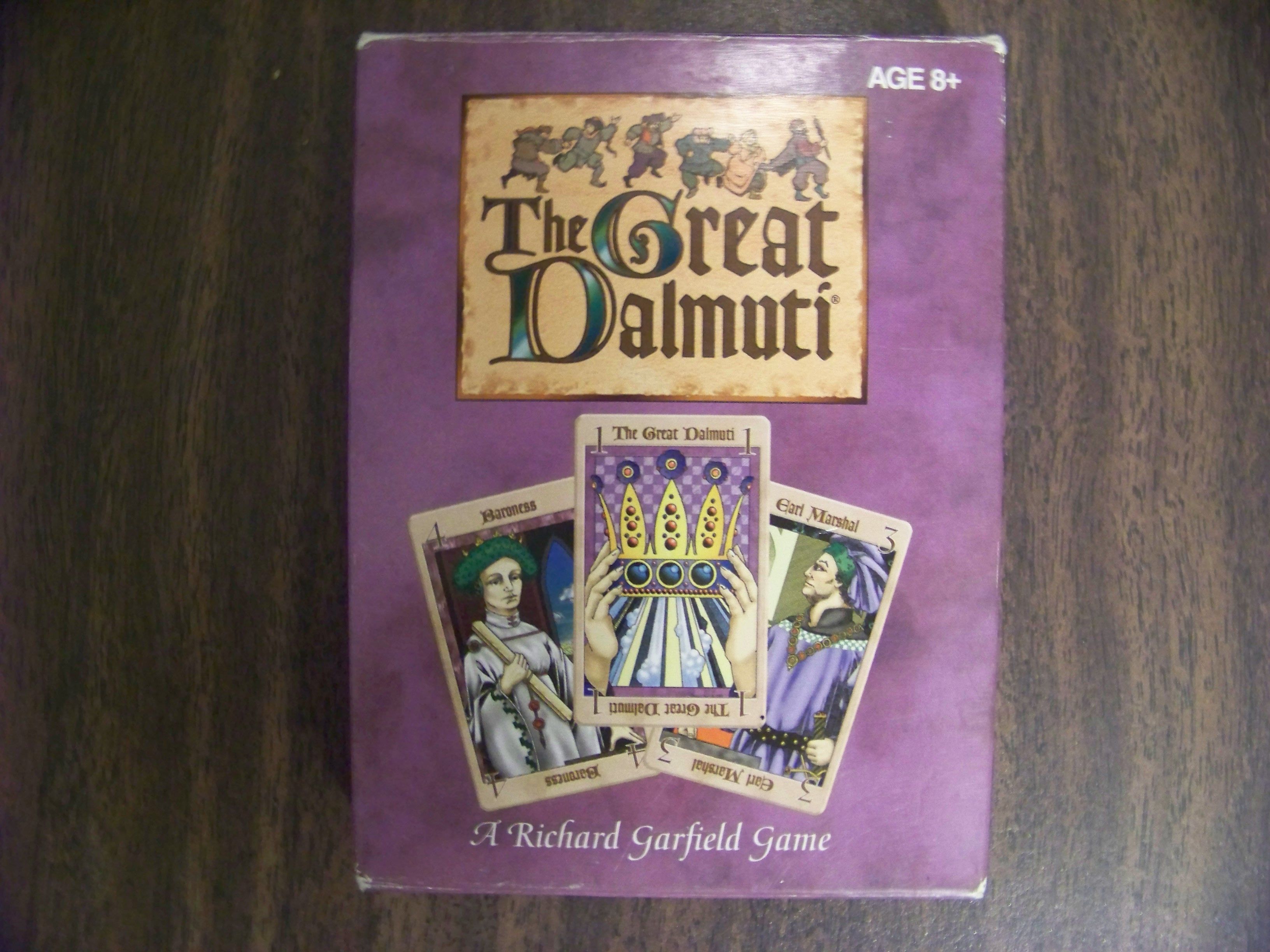
The game where you become a peasant, suffer from taxation, and celebrate economic inequality!
7/15/2017
What do the most successful hobby board games of the past few decades have in common?
Posted on 7/29/2017 by Tim Rice
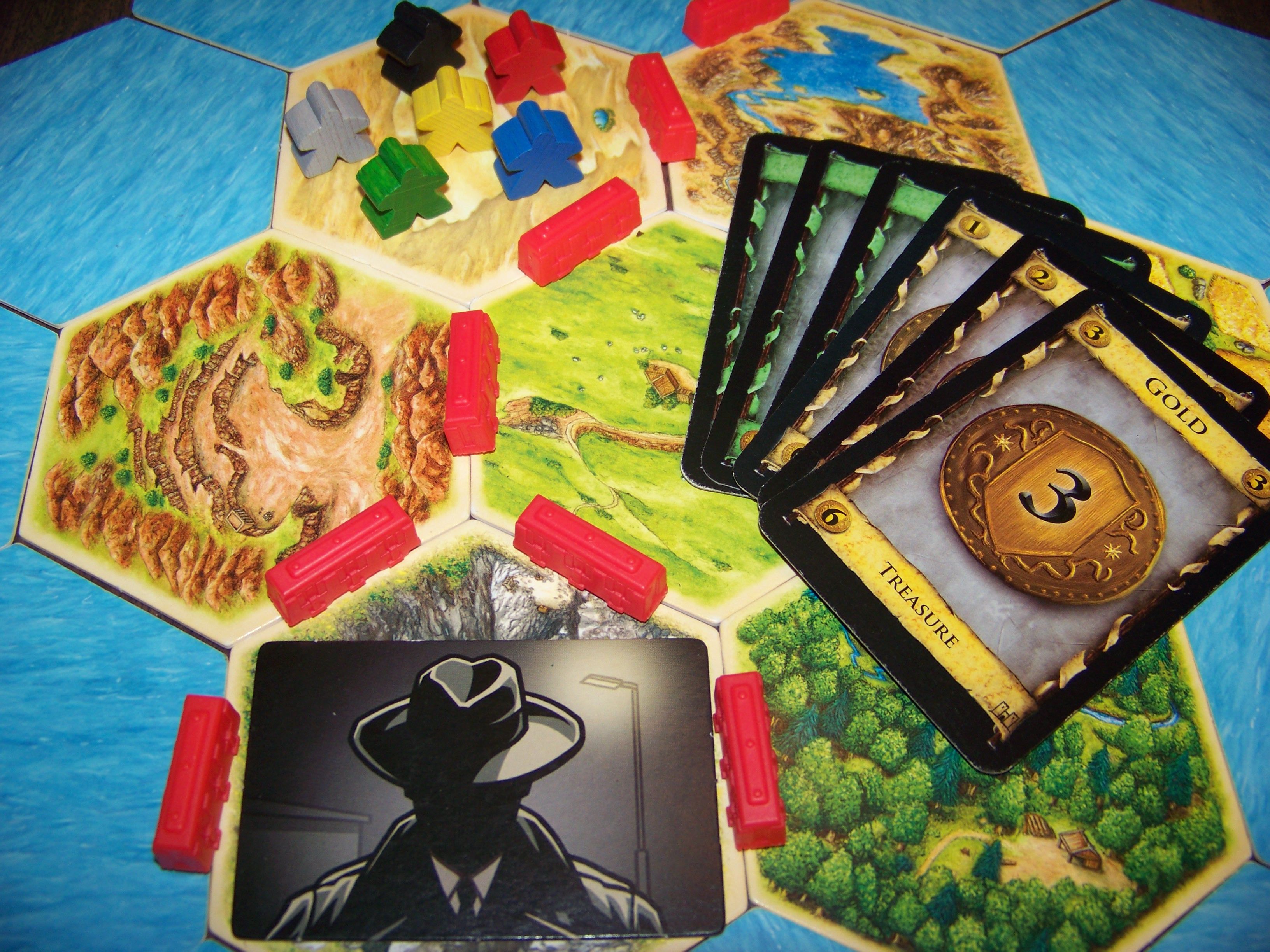
Each year, hundreds of new and interesting board games hit the market, and most people never even find out they exist. In the grand scheme of things, the board game market is relatively small. When most people think of board games, antiquated titles that have had decades to ingrain themselves into pop culture (Monopoly, Clue, Scrabble, etc.) are still at the forefront of people’s minds.
The games that are released today, in most cases, are heads and shoulders above these classic titles in terms of quality. However, competing with the tried-and-true titans of the industry is no easy feat, and most games don’t have what it takes to break through to the mainstream.
Every once in awhile though, a game is released that transcends the hobby gaming niche and achieves a following that reaches far beyond what’s expected. These are the games that not only sell well, they sell well enough to share store shelves with the aforementioned “titans of the industry” and get played by people who have no idea how vast the world of hobby gaming actually is.
These are the games I want to talk about today.
I thought it might be interesting to take a look at a few examples of uber-successful games that have grown out of the hobby market in recent times and compare them to see if any patterns emerge. Obviously there’s no foolproof formula for creating a hit board game, but these games do tend to share certain characteristics that are worth taking into consideration.
The way I see it, the games that become mega hits all have three important characteristics:
For this article, I’m choosing six games that I think best exemplify the "mega hit" distinction and measuring them against these three criteria. Hopefully this exercise will be useful for generating discussion about what the average game consumer is likely to enjoy.
The following list details some of the most well-known and influential designer games that have been released in the past few decades. These are the games that I’ll use as data points for my analysis, not only because of their incredible success, but also because they’re all solid representatives that showcase what the hobby has to offer.
You can’t compose a list of mega hits without including the OG eurogame phenomenon: The Settlers of Catan. This game is generally considered to be the first German-style board game to achieve widespread success in the US, and even 22 years after its release, its popularity is not slowing down. It features resource management, dice rolling, a modular board, and of course trading/negotiation.
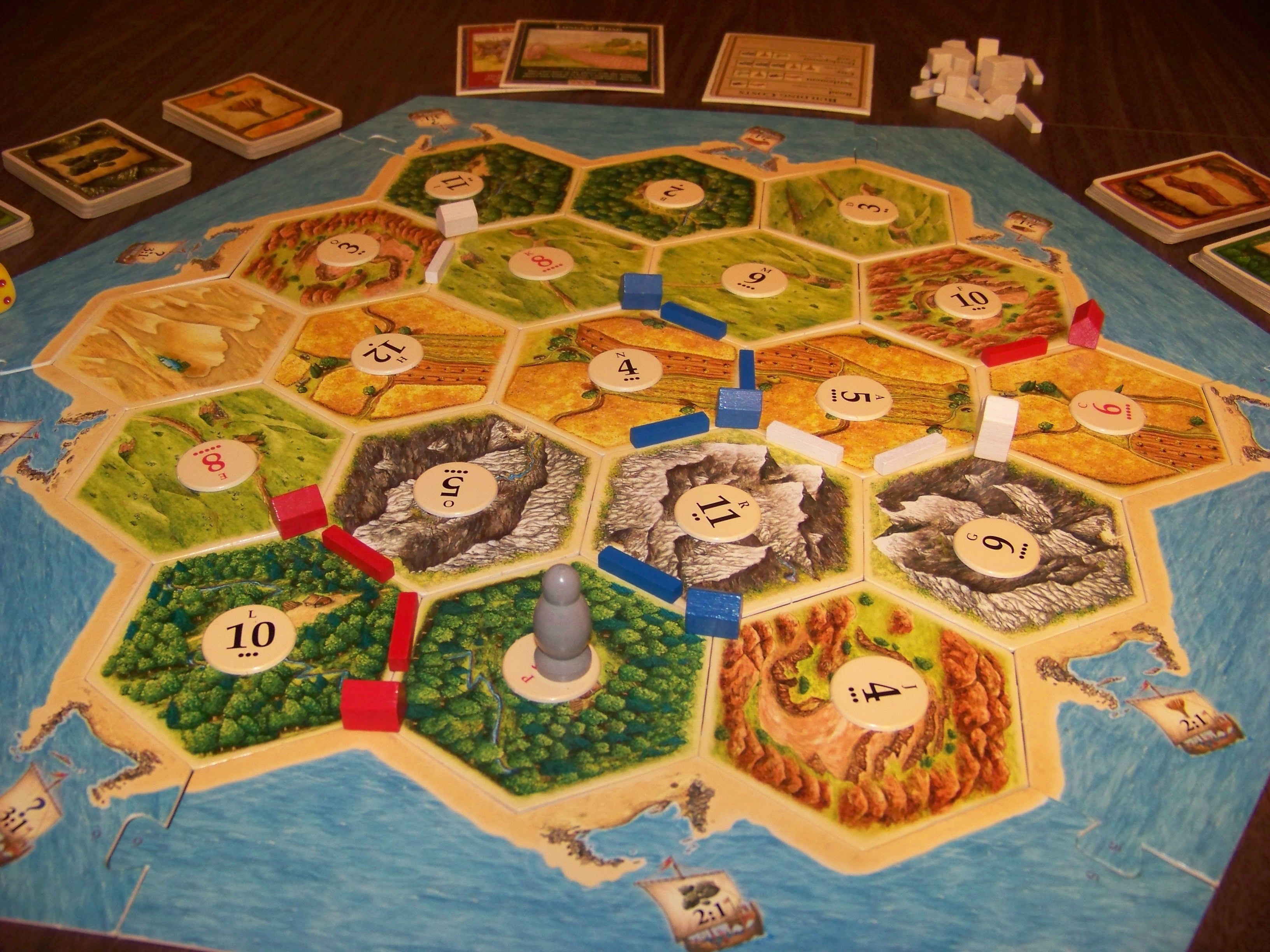
The fact that Carcassonne has managed to remain one of the most well-known hobby games after 17 years on the market, despite being basically themeless, is quite impressive. I’m pretty sure there are more Carcassonne expansions out there now than there are atoms in the known universe. This classic blend of tile placement and area control deserves a place on the mega hit list.
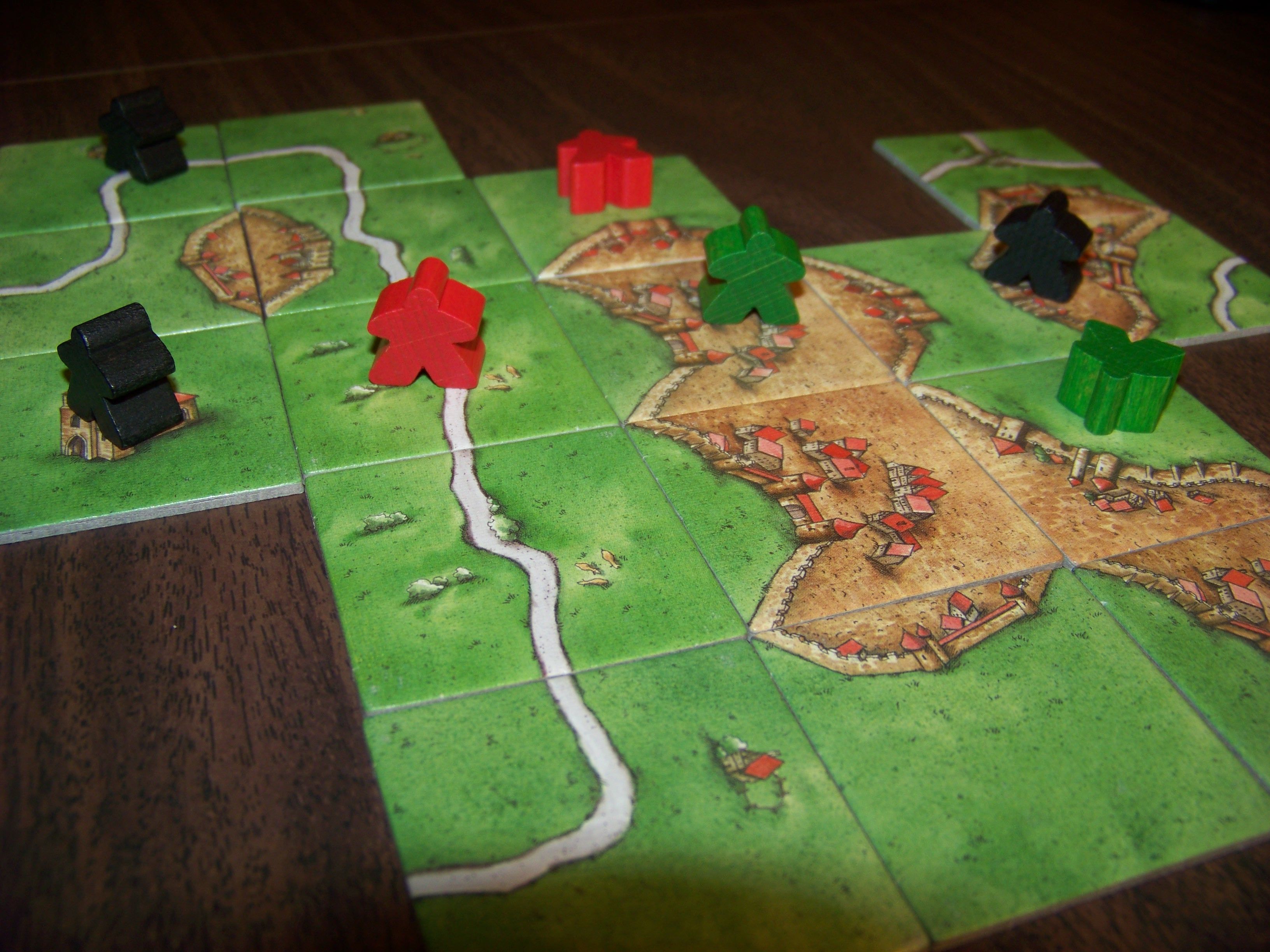
Who could have guessed that a simple game about connecting trains on a map would resonate so well with so many gamers around the world? The Ticket to Ride franchise has proven that polished and streamlined game design can take a game very far. Its main mechanics are set collection and route building.
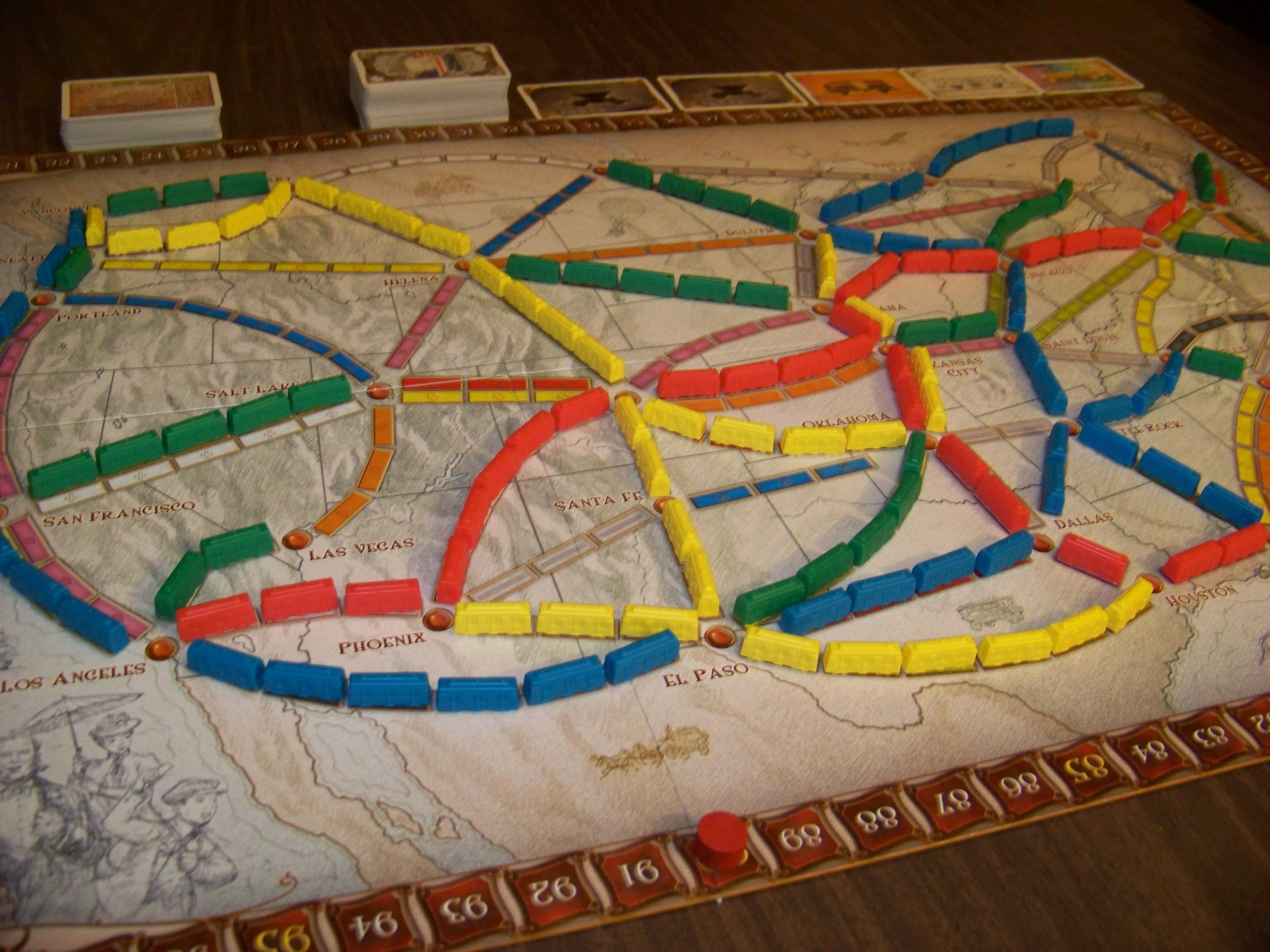
The cooperative game craze is here to stay, and Pandemic is basically the genre’s poster child at this point. Believe it or not, this game about curing the world of disease is quickly approaching the highest levels of popularity, and the ambitious Pandemic Legacy has achieved massive critical acclaim as well. It seems this franchise has become a juggernaut of hobby gaming, and its success is not slowing down anytime soon. The game features a variety of mechanisms including set collection, an action point allowance system, and of course cooperative play.
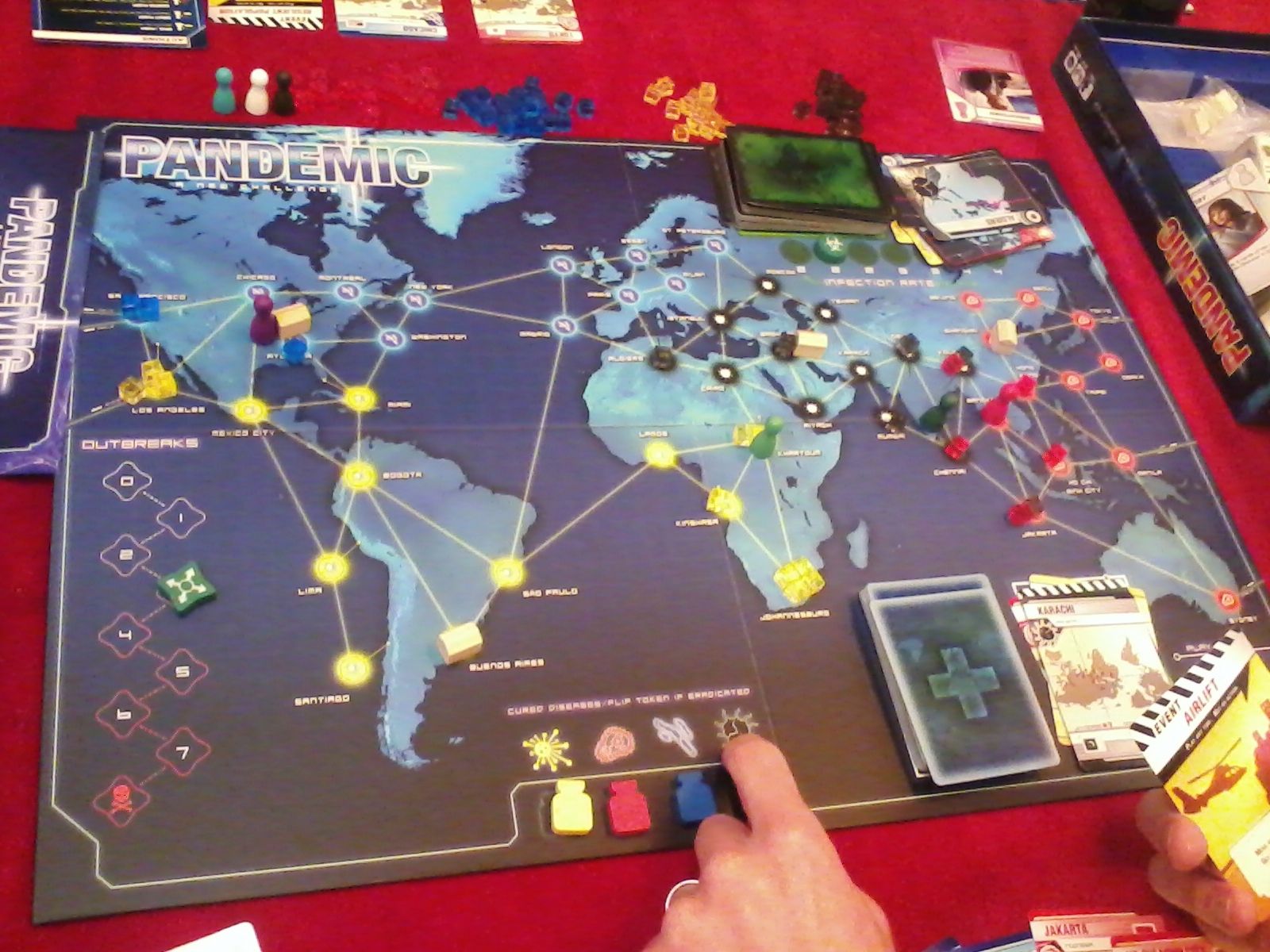
Not many games are both enjoyable and unique enough to start an entirely new genre almost single-handedly, but Dominion is the exception. This card game used the deck building concept which was popularized by collectible card games such as Magic: The Gathering, but instead of having players build the decks before the game started, building the deck was the game. This novel idea inspired countless other designers who created deck-builders of their own, but still none have matched the success of the original.
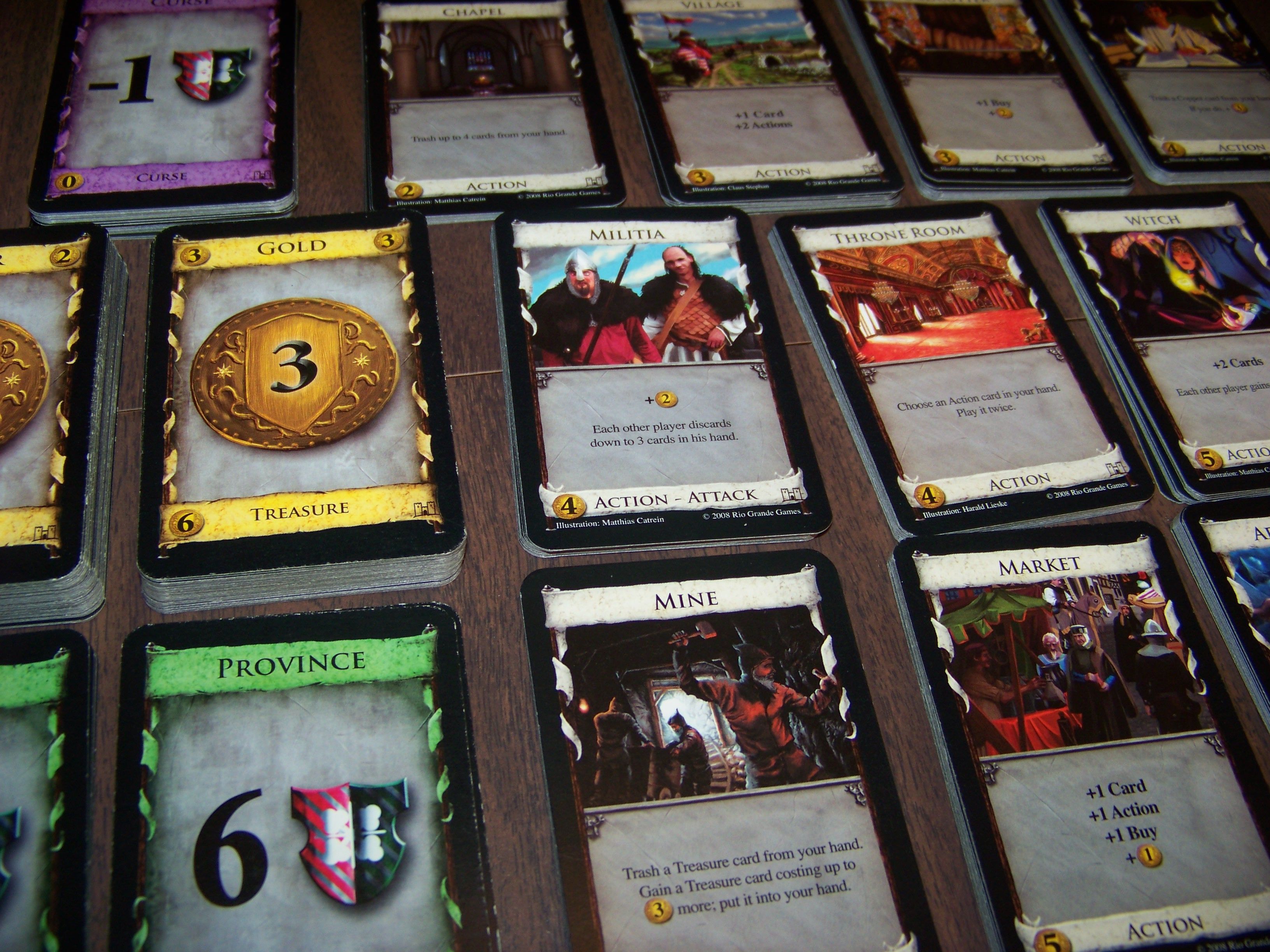
I wanted to include at least one newer game on this list, and Codenames wins that spot thanks to the explosive success it has seen in the past couple of years. This simple party game about word association has certainly achieved mainstream success, and only time will tell if that continues and propels it to the same level as the rest of these games (I suspect that it will, it's well on its way already). It’s a rare party game that appeals to both casual gamers and board game geeks alike.
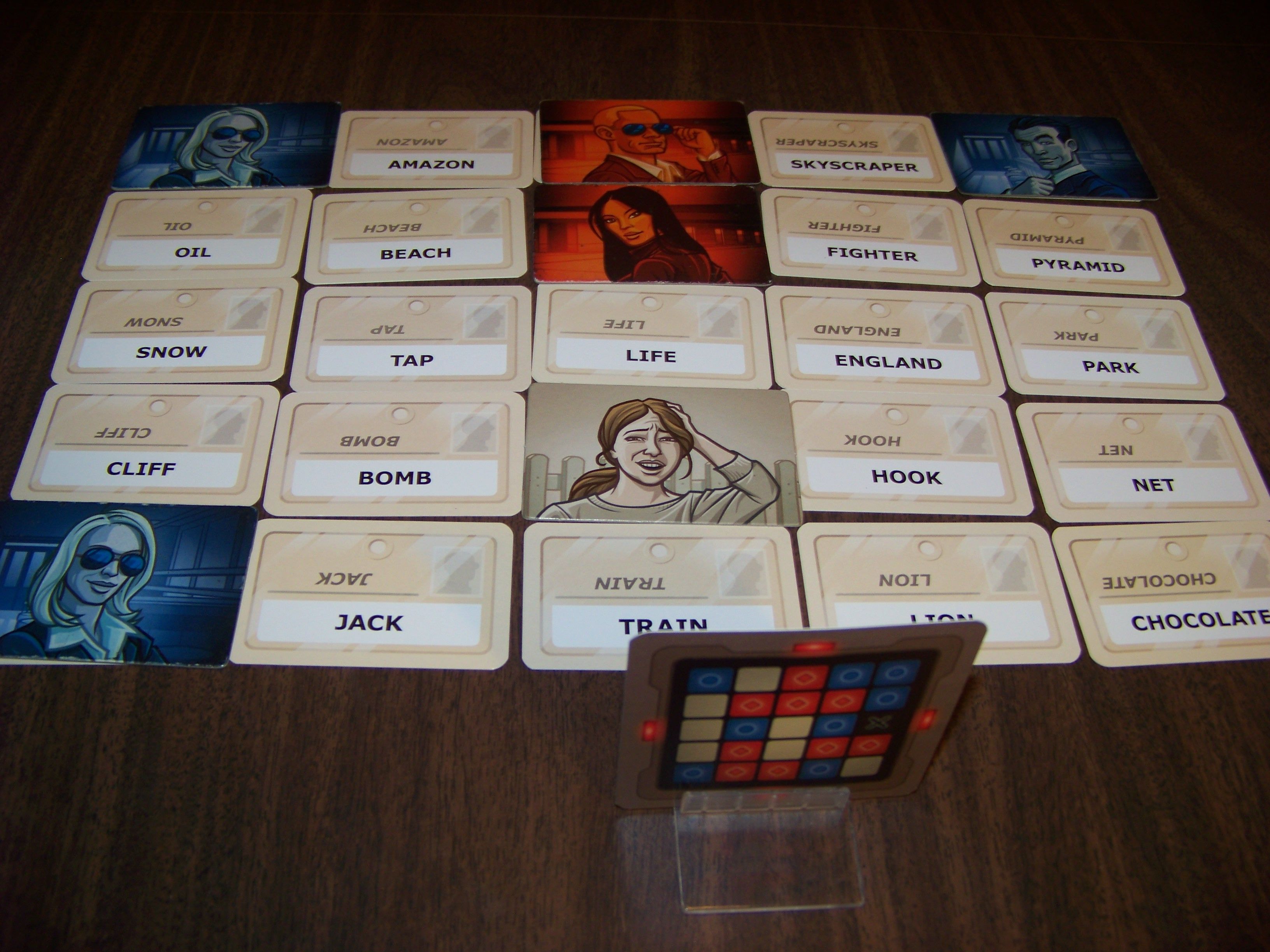
In this modern society of instant gratification, most people don’t have much patience for reading long instruction manuals. It’s no coincidence that all six of these games are medium to light weight: the easier a game is to learn, the more people will be willing to learn it. In addition to that aspect, play time and player count seem to be important factors as well, since being able to pull out a game with a variety of people in a variety of situations is a huge advantage.
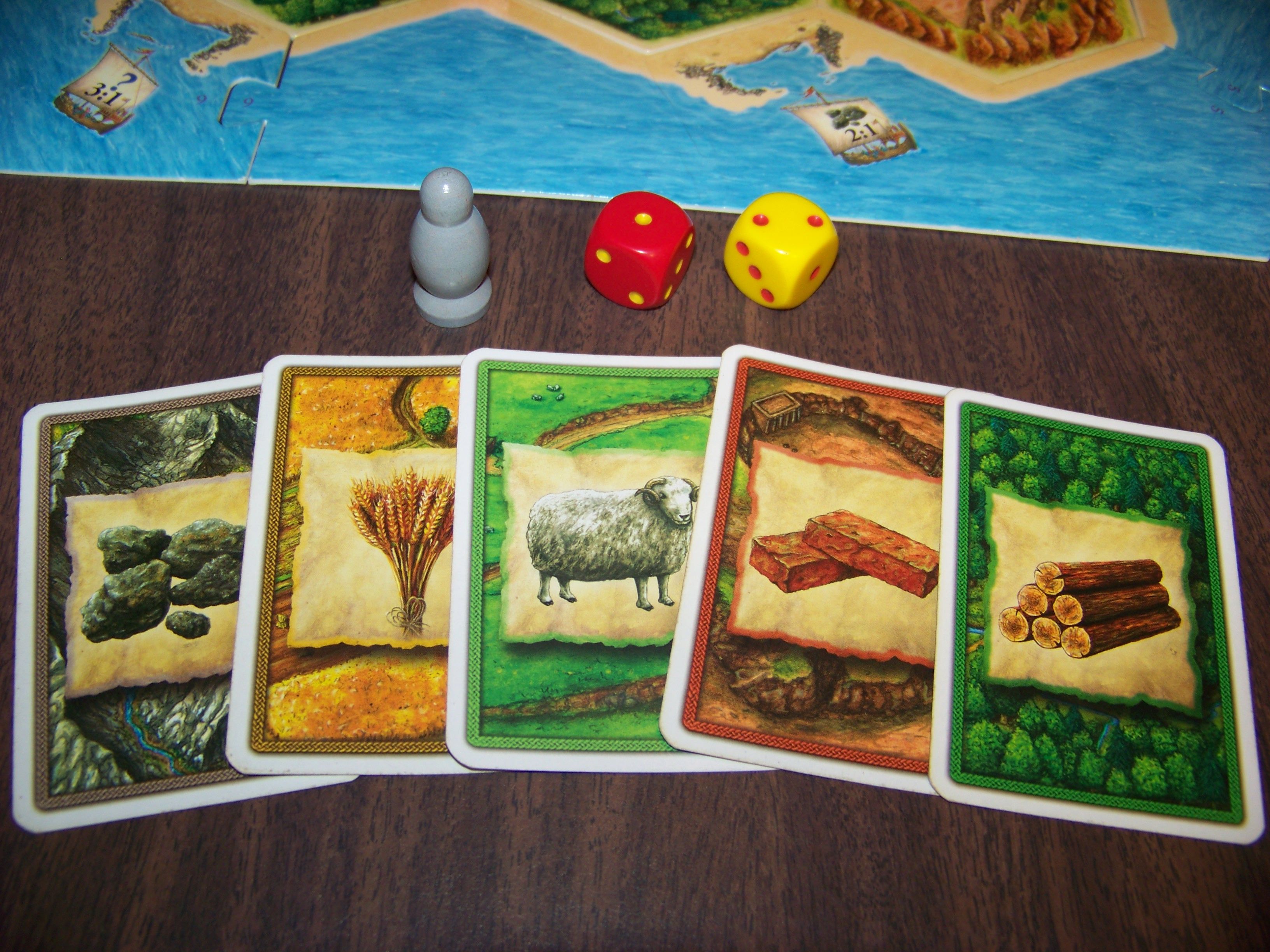
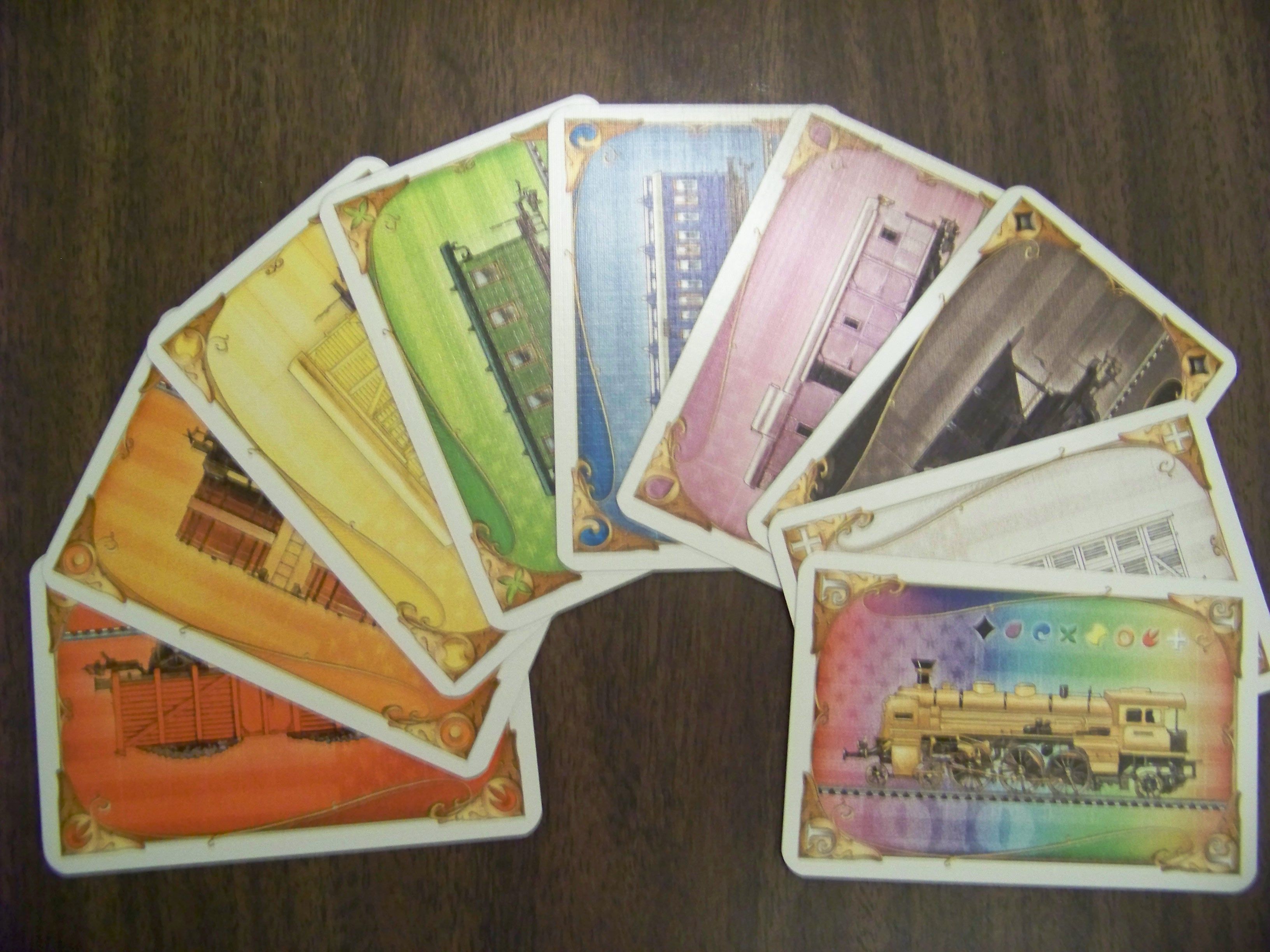
No matter how easy a game is to play, nobody will care about it if it isn’t interesting. One trend that I’ve noticed is that mega hits tend to take one or two mechanics and distill them down to their essence, which results in a clean, streamlined experience. These mechanics don’t necessarily have to be unique in the sense that they’ve never been done before, but they do have to be unique in the sense that non-gamers have likely never played anything like them.
I’d argue that every single one of these six games has at least one of these "golden mechanics" that is both distinctive and intriguing, and that it was a major factor in their success. Having that one feature that people remember and tell their friends about is one of the main things that sets these mega hits apart from the rest of the pack.

There seems to be a trend here where each of these games has that one mechanic that defines them. Catan is the trading game. Carcassonne is the tile placement game. Ticket to Ride is the route building game. Pandemic is the cooperative game. Dominion is the deck building game. Codenames is...the word association game? (OK fine, maybe that one is the exception). Anyway, this begs the question: what mechanics don’t have a mega hit associated with them yet?
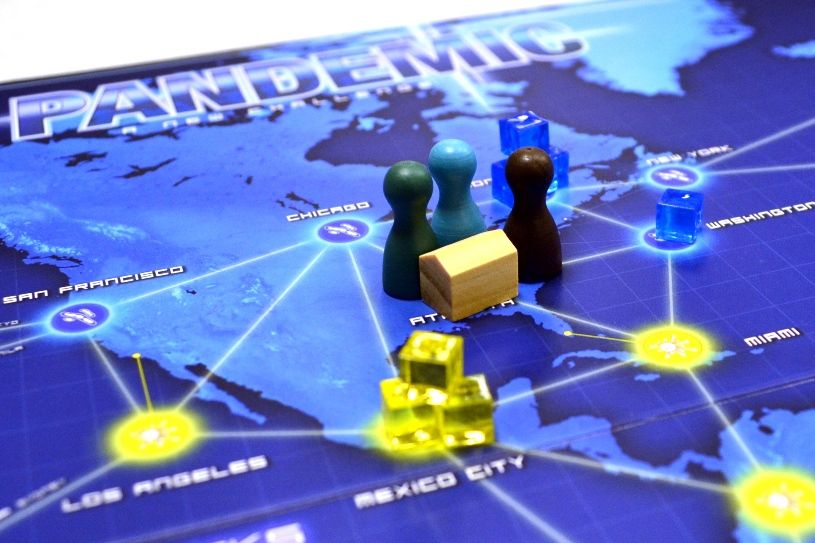
Board game design has come a long way since Monopoly was released. There’s no substitute for solid design fundamentals; things that were common in games of the past such as long turns, player elimination, and roll-and-move aren’t necessarily going to fly in today’s market.
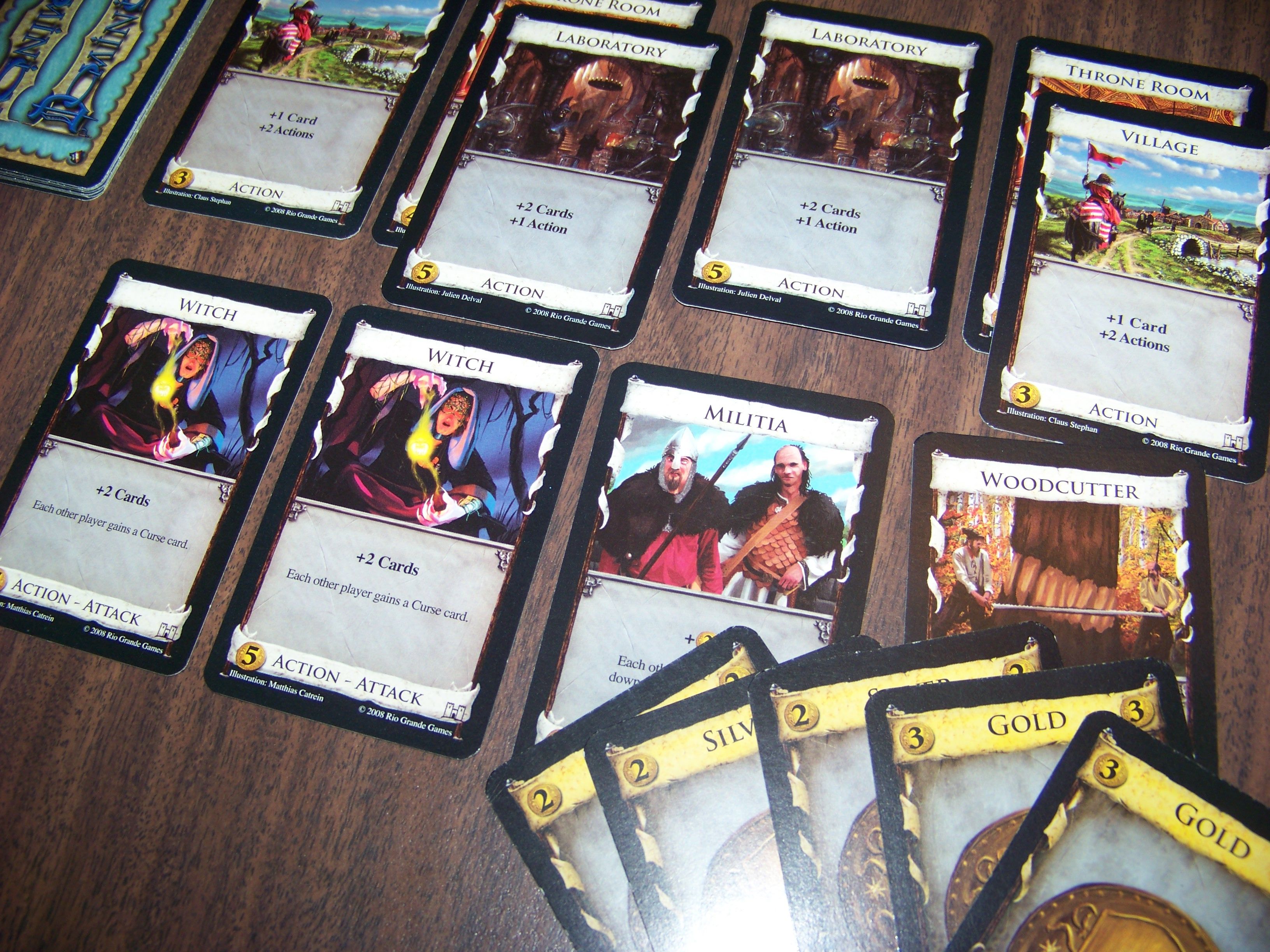
The third ingredient was originally going to be "it has to be fun", but I decided that fun is too subjective of a term. No matter how fun a game is, there will be people who hate it. That’s why I changed it to exceptionally designed, because even if you don’t think these mega hit games are fun, it’s hard to deny that they are remarkable achievements in terms of design.
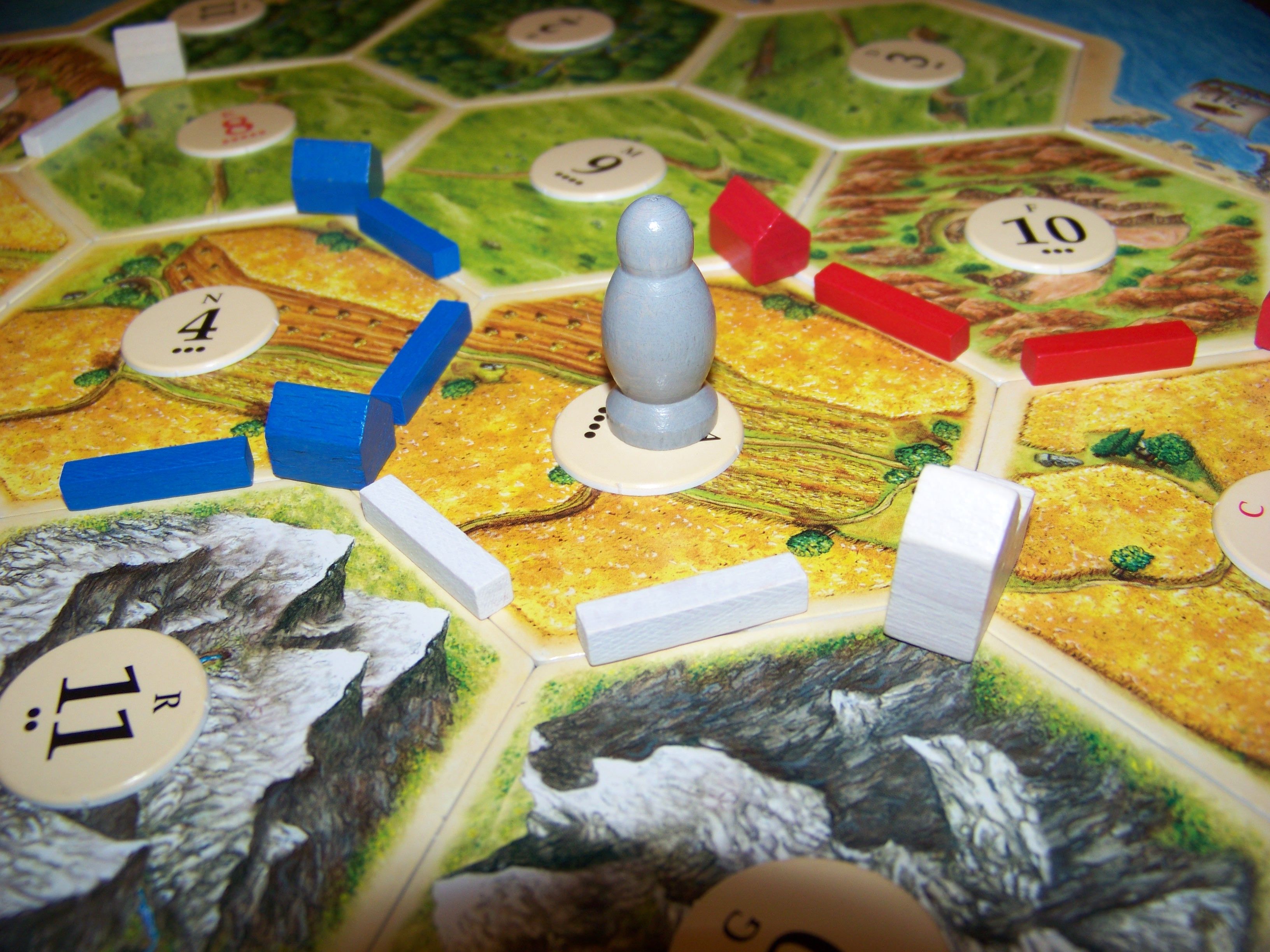
Interestingly, all but one of these games won the coveted and highly-respected Spiel des Jahres award (German for Game of the Year) for the year they were released. Pandemic didn’t win, but it was nominated against Dominion to be fair. This raises an interesting question: would these games have become mega hits if they hadn’t won? There’s a proven correlation between winning the award and eventual sales numbers, so that’s interesting to think about.
In reality, there’s a fourth ingredient that might be less compelling, but is arguably the most important of all: great marketing. Even if a game meets all of these criteria, getting enough people to care about it is not a simple task.
The verdict is, unsurprisingly, that it takes A LOT for a board game to become a mega hit. You would think that, as long as a game is fun, it can find success, but clearly there’s much more to it than that. However, awareness of the hobby and the industry as a whole is still growing at a respectable pace, so perhaps within a few years we’ll see even more games in the spotlight.
As always, I’d love to hear other thoughts as well. What ingredients do you think make a mega hit? Are there any similarities that I missed? Please leave a comment if you so desire.
Thanks for reading!